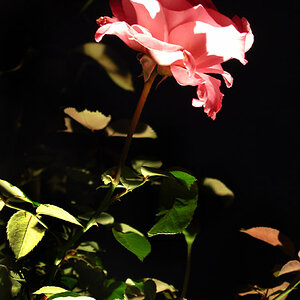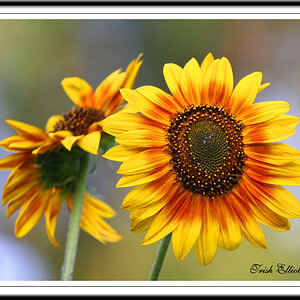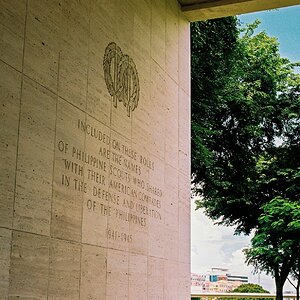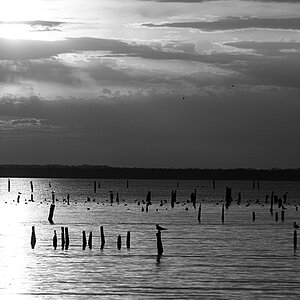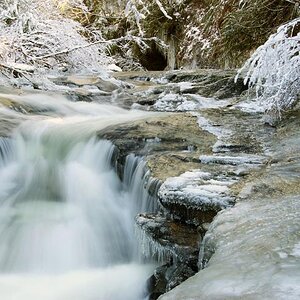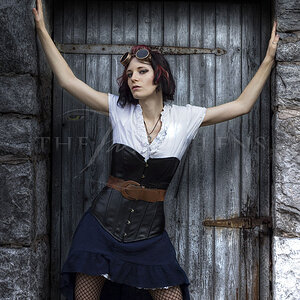benlonghair
TPF Noob!
- Joined
- Jun 1, 2009
- Messages
- 1,072
- Reaction score
- 0
- Location
- Woodstock, CT
- Can others edit my Photos
- Photos OK to edit
Two things I miss from my SRT 201: Focusing screen (which can be fixed) and aperture ring. The ring wouldn't be a big deal if I had a second wheel, but as it stands I have to use the mod-button to do the aperture. Oh well, maybe I'll just upgrade to a D300


 I guarantee there isn't a soul out there who is upgrading their lens because of the lack of aperture ring.
I guarantee there isn't a soul out there who is upgrading their lens because of the lack of aperture ring. 

![[No title]](/data/xfmg/thumbnail/32/32637-865ab9beec7e00237b64e4fcb8fe947f.jpg?1619735555)
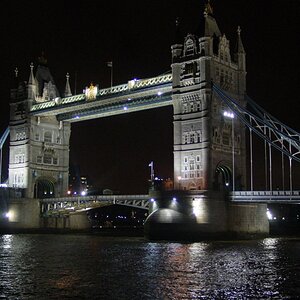
![[No title]](/data/xfmg/thumbnail/32/32635-be18e952e67667cbb1525b4b057b6423.jpg?1619735554)
